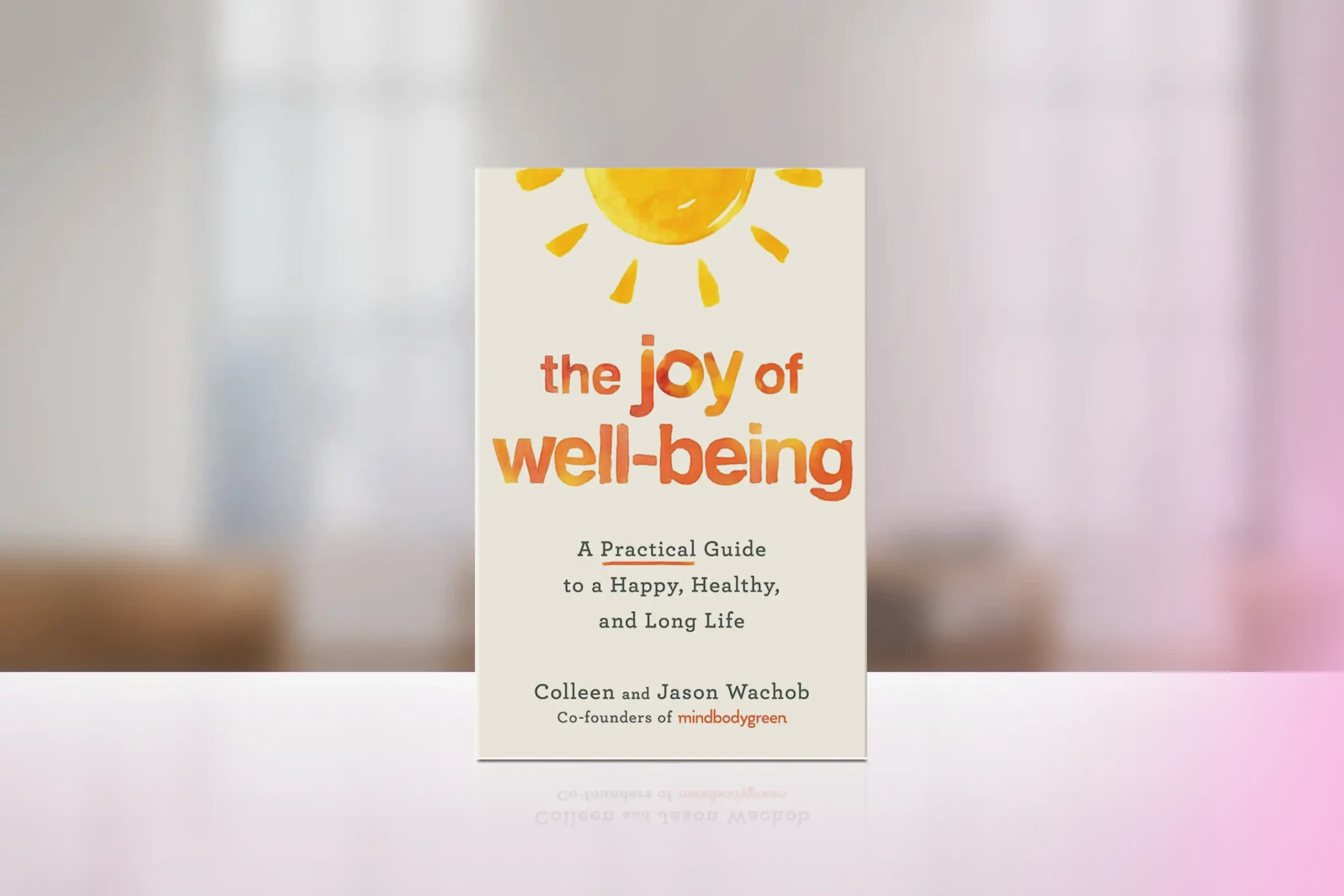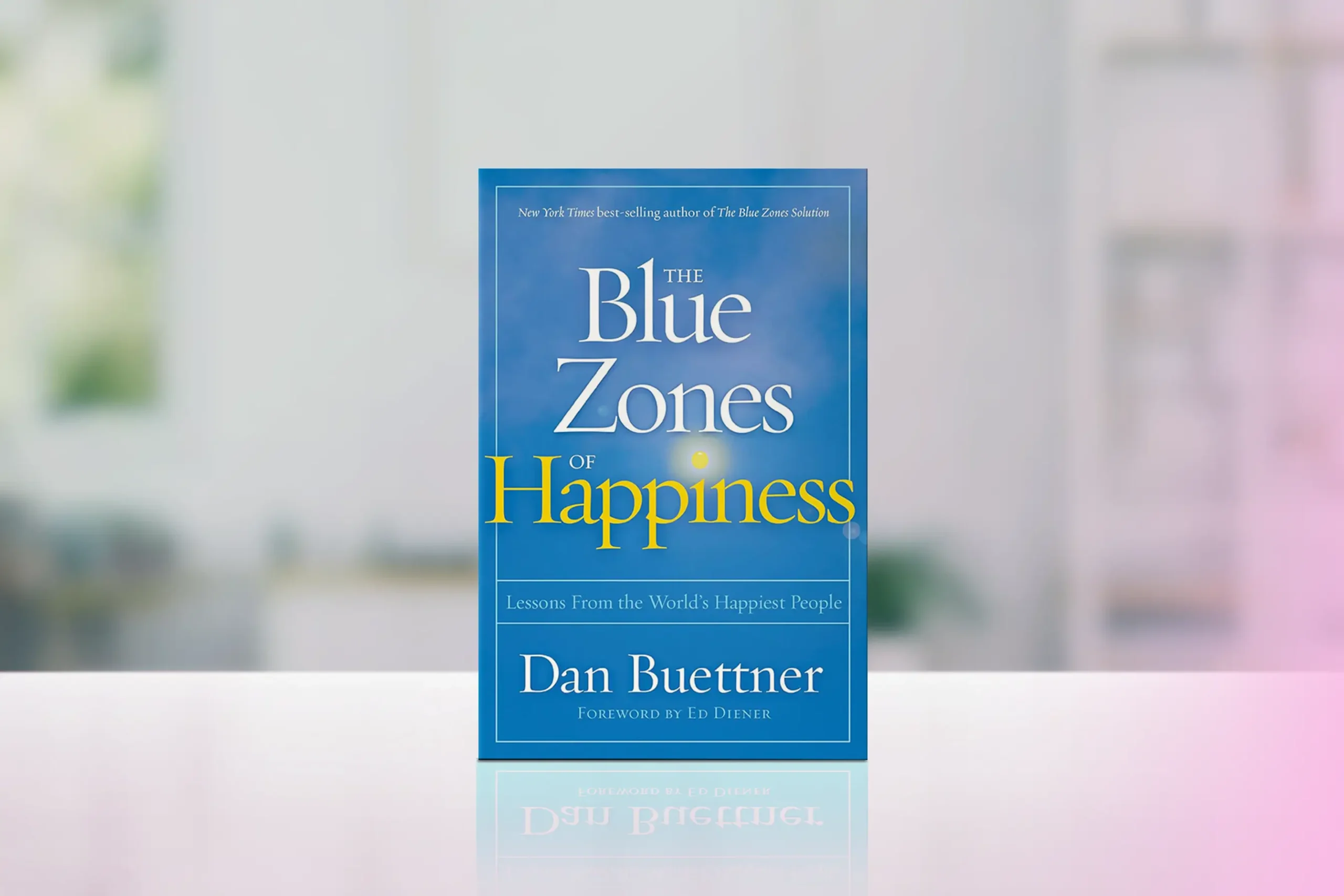When everything feels chaotic and unpredictable, simple daily rituals to stay grounded in uncertain times can be your anchor. These evidence-based practices help stabilize your nervous system and maintain emotional equilibrium, transforming ordinary moments into powerful grounding tools.
Inside this article:
Why do we need Rituals
The alarm’s buzz used to be just another part of the morning. But lately, waking up feels like stepping into chaos—global events shifting by the hour, work demands in constant flux, even the simplest plans unraveling without notice. Instinctively, you reach for your phone. You scan the news, then soon find yourself mindlessly scrolling through social media, swept up in a wave of global events.
If this resonates with you, you’re not alone. In our increasingly unpredictable world, the ancient practice of creating intentional daily rituals has emerged as one of the most powerful tools for maintaining emotional equilibrium.
What are rituals?
- Unlike rigid routines focused on productivity, rituals emphasize intention and presence
- A ritual transforms an ordinary activity into a meaningful moment, according to Calm’s research
- They’re small islands of safety we can rest on when the ground beneath us feels shaky
Why do we need them?
- Rituals regulate the nervous system by creating patterns of safety and predictability
- They activate the parasympathetic nervous system responsible for rest and repair
- When everything feels chaotic, rituals become anchor points of control and mindfulness
The science backs this up powerfully. Studies show that practices like sleep regulation, meditation, and regular exercise significantly decrease symptoms of depression, anxiety, and fatigue. Over the past two decades, mindfulness and meditation have grown significantly in popularity. According to Mindworks, an estimated 200 to 500 million people worldwide now practice these techniques, which are associated with reduced stress, improved mental health, and increased productivity.
Here are 10 evidence-based daily rituals that require minimal time but offer maximum grounding benefits during turbulent times.

1. The Mindful Awakening (2-3 minutes)
Instead of immediately reaching for your phone, try this gentle start to your day. When you wake up, slowly become aware of your body and take three deep breaths. Turn your attention to things around you that spark joy—the softness of your bed, light streaming through the window, or sounds of life beginning around you.
Why it’s important: This practice helps shift your nervous system from sleep mode to calm alertness, setting a peaceful tone before the day’s demands begin. Research shows that mindful awakening reduces cortisol spikes and creates emotional stability that lasts throughout the day. This aligns with findings in “The Miracle Morning” by Hal Elrod, which demonstrates how intentional morning practices transform your entire day.
Try this: Before touching your phone, place one hand on your chest and take three slow breaths, counting to four on each inhale and exhale.

2. The Sacred Coffee/Tea Ceremony (5-10 minutes)
Transform your morning beverage from a rushed necessity into a mindful ritual. Focus on the sensory experience—the warmth of the cup in your hands, the aroma rising with the steam, that first satisfying taste. This isn’t about having the perfect blend; it’s about creating a moment of pure presence.
Why it’s important: Tea and coffee ceremonies have been used for centuries to soothe the nervous system and create mindful transitions. The ritual aspect activates your parasympathetic nervous system, promoting calm alertness rather than jittery energy. This practice connects beautifully with the mindfulness principles explored in “Mindfulness in Plain English” by Bhante Henepola Gunaratana.
Try this: Hold your cup with both hands and take three intentional sips, focusing entirely on the taste and warmth.

3. The Simple Bed-Making Ritual (2 minutes)
This might seem trivial, but there’s real psychology behind it. By completing a small task first thing in the morning, you provide positive reinforcement through feeling productive—and this feeling carries over into the rest of your day.
Making your bed each morning creates immediate visual order and a sense of accomplishment. This small act sets a positive tone for the day and builds momentum for tackling larger tasks—an idea emphasized in “Make Your Bed” by Admiral William H. McRaven, who highlights how simple habits can lead to significant life changes.
Why it’s important: According to wellness research, completing small morning tasks activates neural reward pathways. This creates a foundation of competence and control that helps you navigate uncertainty throughout the day.
Try this: Make your bed with intention, smoothing each corner as a moment of mindful care for your future self.

4. The 5-4-3-2-1 Grounding Technique (2-3 minutes)
When anxiety spikes or you feel overwhelmed, this evidence-based technique can quickly bring you back to the present. Name five things you can see, four things you can feel, three things you can hear, two things you can smell, and one thing you can taste. Then take three deep breaths.
Why it’s important: Medical News Today validates this technique for interrupting panic attacks and anxiety cycles. By engaging all five senses, you anchor your nervous system in immediate reality rather than future worries. This grounding approach complements strategies found in our article on Understanding and Managing Anxiety in Daily Life.
Try this: Keep this technique in your back pocket for overwhelming moments—it works anywhere, anytime, without any special equipment.

5. Conscious Breathing Practice (2-5 minutes)
Breath is your most accessible tool for nervous system regulation. Stand comfortably, close your eyes, and take five rounds of deep, cleansing breaths. Let your inhales match the length of your exhales, creating a steady, calming rhythm.
Why it’s important: A systematic review of numerous studies shows that breathing meditation can decrease physiological markers of stress. Conscious breathing activates the vagus nerve, which tells your body it’s safe to relax. For deeper exploration of breathing techniques, “Breath: The New Science of a Lost Art” by James Nestor offers fascinating insights into this fundamental practice.
Try this: Use the “box breathing” method—inhale for four counts, hold for four, exhale for four, hold for four.

6. Daily Learning Ritual (5-15 minutes)
Feed your curiosity with intentional learning. By setting the goal to learn something new every day and carving out a quiet moment to do so, your knowledge and intellectual growth compounds over time.
This could be reading a few pages of a book, listening to a podcast during your commute, or watching an educational video. The key is consistency and intentionality—learning for the joy of growth rather than obligation.
Why it’s important: Research on neuroplasticity shows that daily learning creates new neural pathways and increases cognitive resilience. When life feels uncertain, expanding your knowledge gives you a sense of agency that counteracts feelings of helplessness. This principle aligns with developing a Growth Mindset: How to Develop a Mindset for Success and Resilience.
Try this: Pick one podcast or book that excites you and commit to 10 minutes daily, even if it’s while making breakfast.

7. Gentle Movement Practice (10-30 minutes)
Your body needs movement to process stress and maintain wellbeing. Try to find some way to exercise daily, whether that’s a morning stretch routine, dancing to your favorite song, or taking a walk around the block.
For grounding specifically, yoga poses that connect you to your legs and lower energy centers—like Mountain Pose or Warrior I—help anchor you to the earth’s energy.
Why it’s important: Research shows that even 20 minutes of daily movement significantly reduces anxiety and depression symptoms. Physical movement helps process stress hormones like cortisol while releasing endorphins that naturally boost your mood and resilience. “The Joy of Movement” by Kelly McGonigal explores the profound connection between physical activity and emotional wellbeing.
Try this: Start with just five minutes of gentle stretching or walking—consistency matters more than intensity.

8. Nature Connection (5-20 minutes)
Even brief contact with nature can be profoundly grounding. Get outside, and if possible, walk barefoot on the earth. This “earthing” practice literally puts you in touch with the physical ground beneath you.
Start your morning with five minutes outside, even if it’s just stepping into your garden or finding a nearby tree to sit under.
Why it’s important: Research shows that connecting with nature helps calm the nervous system, restore attention, and ease mental fatigue. A 2025 study found that spending time in natural environments reduces stress and improves emotional well‑being, alongside measurable positive effects in brain function and mood elevation, backed by cognitive and physiological studies on theories like Stress Recovery and Attention Restoration. Nature connection also provides perspective—reminding us we’re part of something larger than our immediate worries. “The Nature Fix” by Florence Williams delves deeper into the science of how nature improves our mental and physical health.
Try this: Step outside barefoot for two minutes each morning, feeling the ground beneath your feet while taking deep breaths.

9. Three Good Things (5-10 minutes)
End your day by training your brain to notice positives. Write down three things you’re grateful for—not Instagram-worthy highlights, just real, grounding joys. Maybe it’s a warm blanket, a kind word from a colleague, or the way the sky looked at sunset.
Why it’s important: New research is exploring how gratitude works to improve our mental health. Greater Good Science Center describes how those who practice gratitude show greater neural sensitivity in decision-making areas of the brain, correlating with increased happiness and prosocial behavior.
Spending 15-20 seconds reflecting on each positive occurrence builds neural pathways for noticing good in your life, literally rewiring your brain for optimism. This practice aligns beautifully with concepts in “The Happiness Advantage” by Shawn Achor and our guide on The Science of Happiness: What Really Makes Us Content.
Try this: Keep a small notebook by your bed and write just one sentence about each thing before sleeping.

10. Digital Detox Ritual (1 hour before bed)
Create boundaries with technology to reclaim your attention and prepare for restorative sleep. One hour before bed, put all devices away and engage in calming activities like reading, gentle stretching, or preparing for tomorrow.
Stay informed with what’s happening in the world, but set limits on how much time you spend consuming external information, whether online, on social media, or watching the news.
Why it’s important: Blue light from screens disrupts melatonin production, making quality sleep harder to achieve. More importantly, constant information consumption keeps your nervous system in a state of hypervigilance. Creating digital boundaries gives you back ownership of your attention—and where your attention goes, your energy follows. For comprehensive strategies on this topic, explore our Digital Detox: Finding Balance in a Connected World guide.
Try this: Create a charging station outside your bedroom and use an analog alarm clock instead of your phone.
Making These Rituals Stick
The key to sustainable ritual practice isn’t perfection—it’s consistency. Research shows people take an average of 66 days to create new habits, so be patient with yourself, give yourself time for the ritual habit to stick.
Start Small:
- Choose just one or two rituals that resonate most strongly with you
- Practice them consistently for at least a week before adding more
- The most effective rituals are personalized ones that feel authentic to your lifestyle
Be Compassionate:
- Failing to follow your routine for one day doesn’t mean you’re off-track
- Focus on returning to your practice rather than maintaining a perfect streak
- Progress matters more than perfection
The chaos around you might still be there, but with these daily anchors, you’ll find yourself more equipped to weather any storm with grace and calm. Your nervous system will thank you, and most importantly, you’ll rediscover that sense of groundedness that uncertainty can’t shake.
Which ritual speaks to you most? Start there—with one tiny act, one breath, one intentional moment. Sometimes coming back to yourself doesn’t require a retreat or complete life overhaul. Sometimes it just takes a simple daily ritual.
Related articles
The Science of Wellbeing: How Positive Psychology Can Transform Your Life
Discover evidence-based strategies to enhance your mental and emotional health through proven psychological principles.
Mindfulness and Meditation for a More Balanced Life
Learn practical meditation techniques and mindfulness practices to reduce stress and increase present-moment awareness.
Stress Management: Finding Balance in a Fast-Paced World
Master effective techniques for managing daily stress and maintaining emotional equilibrium in challenging times.
Further reading
“The Power of Now” by Eckhart Tolle
Explores the transformative power of living in the present moment, directly supporting the article’s focus on mindful rituals and presence.
“The Gifts of Imperfection” by Brené Brown
Discusses self-compassion and authentic living, connecting to the article’s emphasis on gentle, sustainable practices for wellbeing.
“10% Happier” by Dan Harris
Offers a practical, skeptical approach to meditation and mindfulness, aligning perfectly with the article’s evidence-based ritual recommendations.





